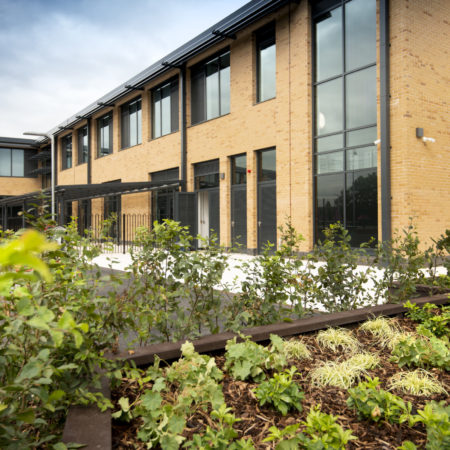How To Ensure Your New School Is An Improvement On The Old One
In some obvious ways a newly built school will inevitably be an improvement on the old. There will probably be more space, everything will be new and fresh and the environment should be warmer in winter and cooler in summer.
But beyond the superficial benefits, how can you be certain that it will function more effectively as a place for teaching and learning, and meet all the needs of the school community?
Modern construction methods and design environments offer many more opportunities to engage stakeholders before designs and layouts are fixed. This should ensure that important details are thought through and tested in advance. Completed new classrooms and facilities should then meet everyone’s needs.
Engagement activities for proposed new schools include presentations, meetings, workshops, newsletters, feedback forums and 3D-walkthroughs. The aims are to understand what features of the current learning environment people want to change. The process also draws in best practice examples from other projects to see how they would need to be adapted in this instance.
In a modern construction environment all of this can be done without adding risks to the project timing or budget. Osborne always applies the principle that changes at the design stage are much easier to manage than during construction. A great deal can be achieved as early as RIBA Development Stages 2 and 3.
Practical changes
For SEND students, the details of the internal layout of new school buildings are critical. At Ewell West we used a VR Headset and controllers to help our team understand how visually-impaired people would view a new footbridge. Based on this greater understanding, we revised our design to make it more suitable and easier to negotiate.
At Greenford School we held workshops with the Science Department to understand science lab requirements. With a 3D design model it was easier to visualise exactly where benches, sinks, fume cupboards and so on would be located, and then reposition them to make it easier for teaching staff to engage with students.
Stakeholder engagement allows us to apply lessons learned to ensure that the new school facilities are a noticeable improvement on what went before.
To find out more take a look at our resource centre, browse our case studies or contact Richard King ([email protected]).

